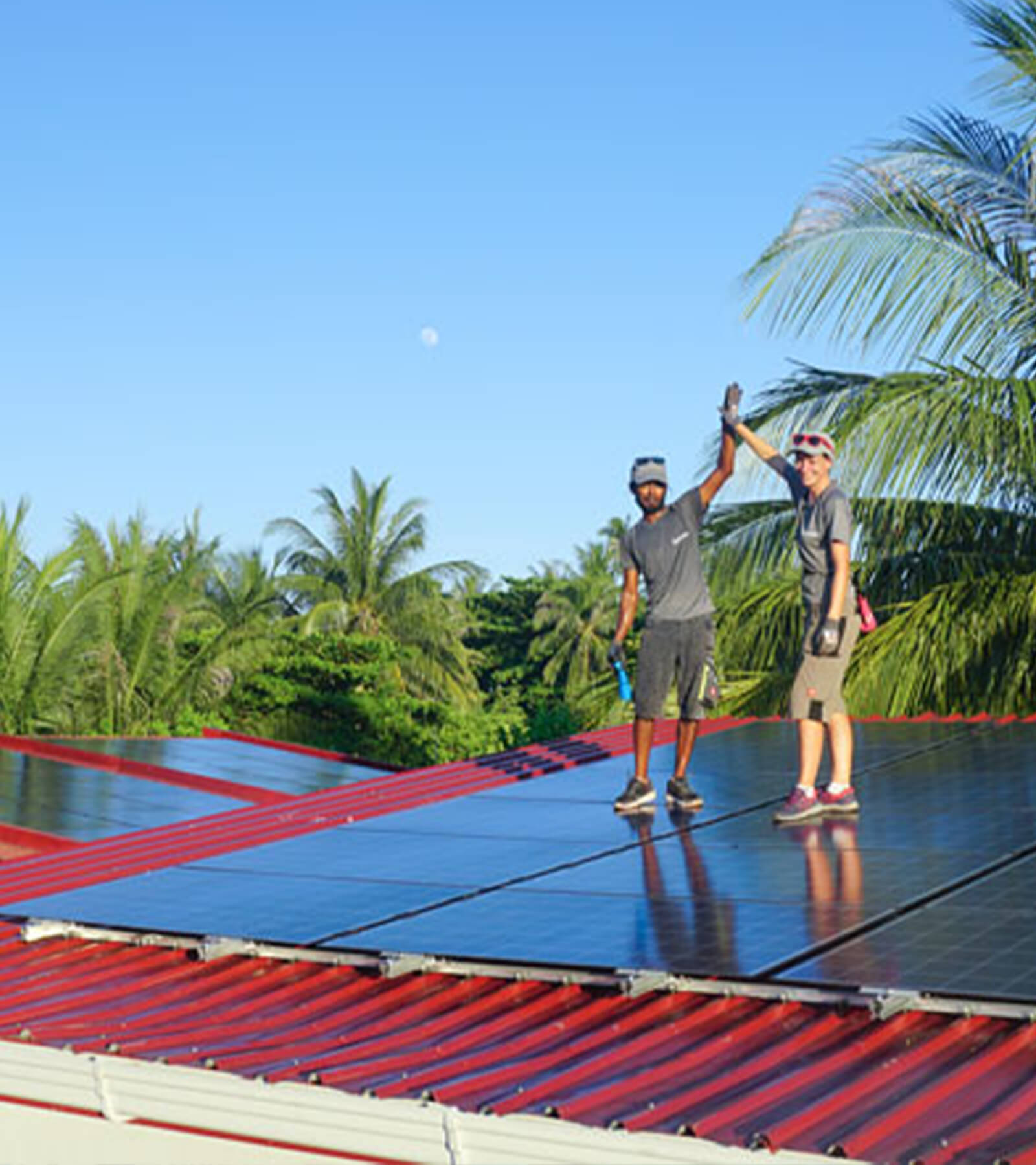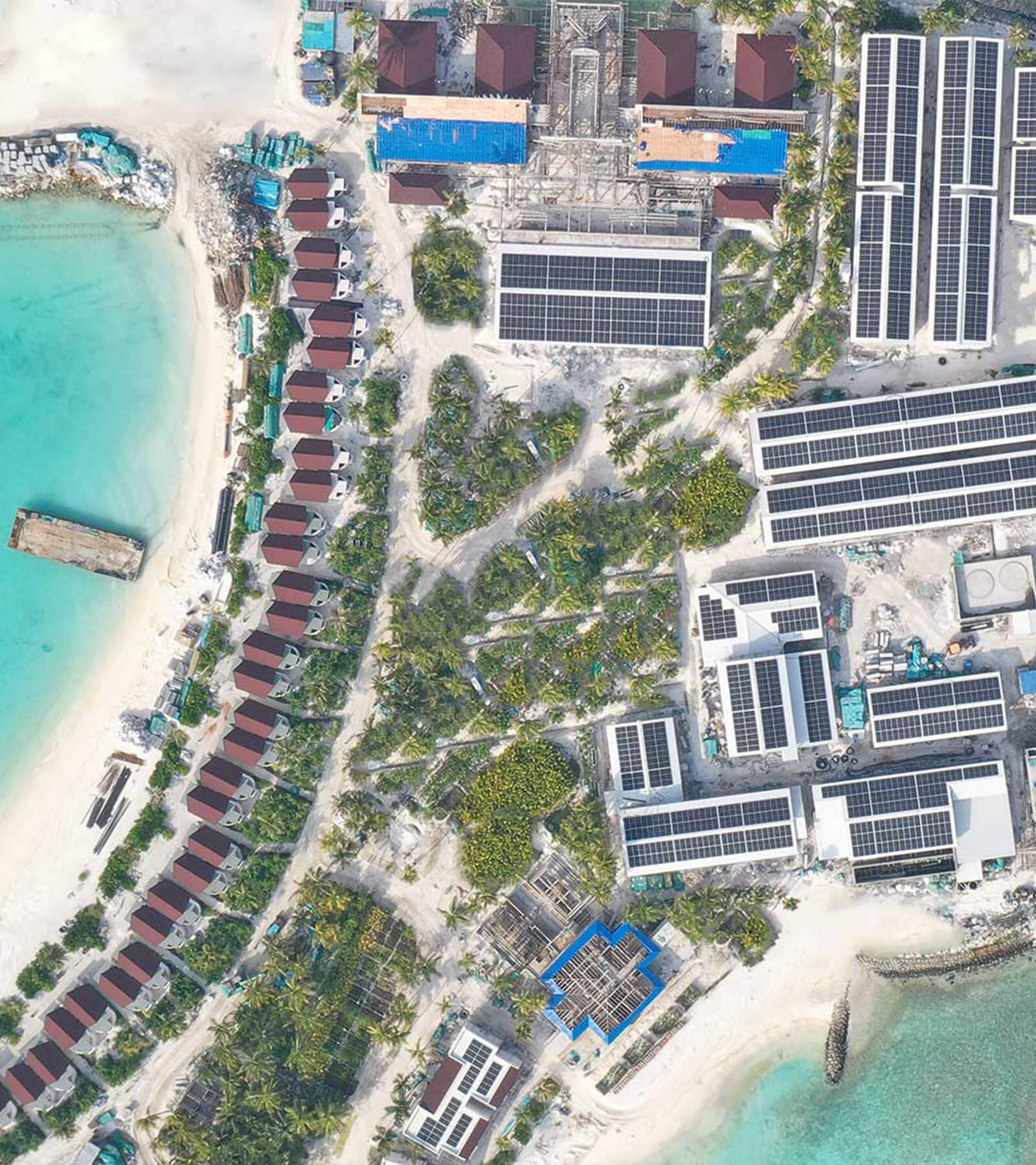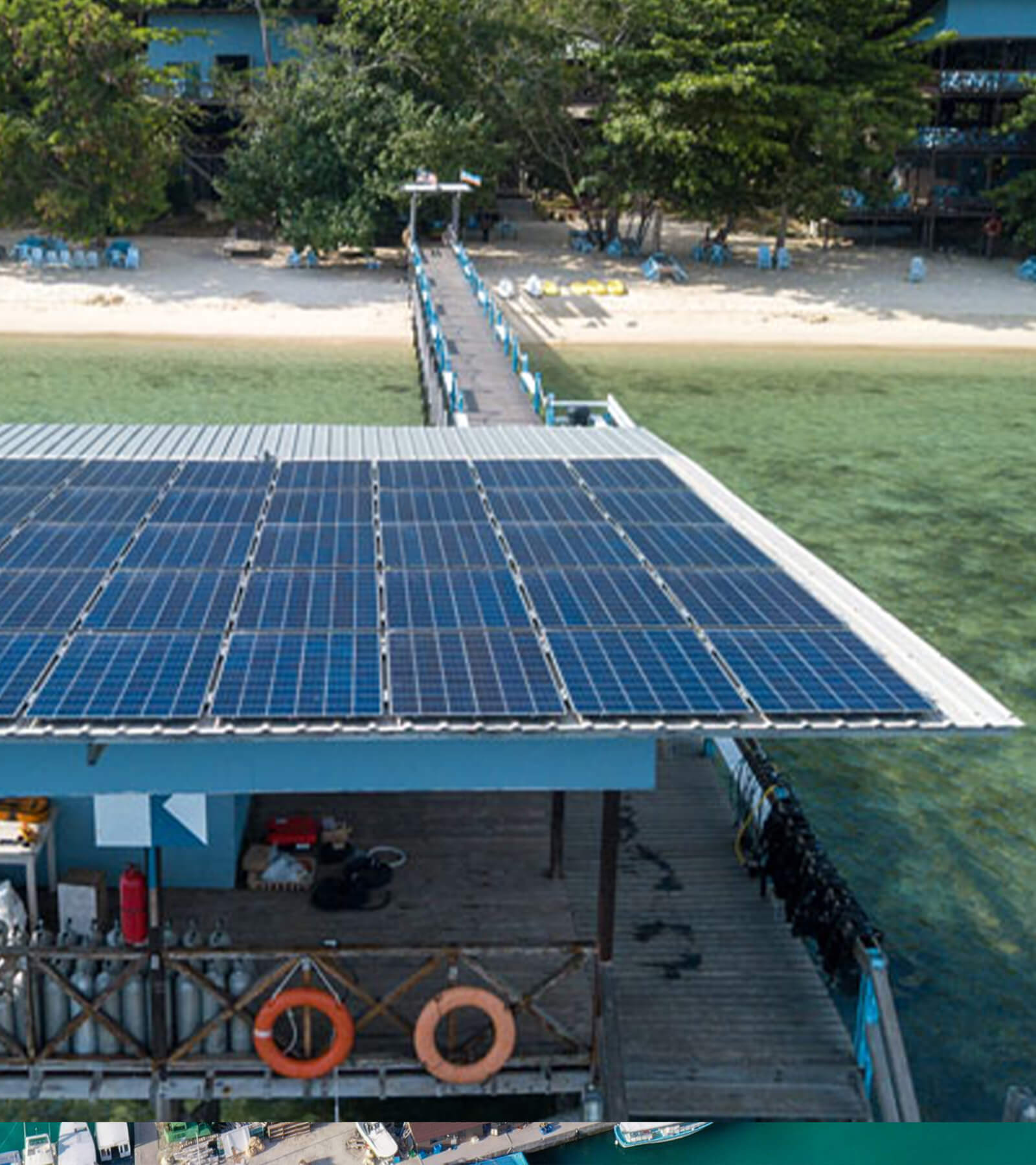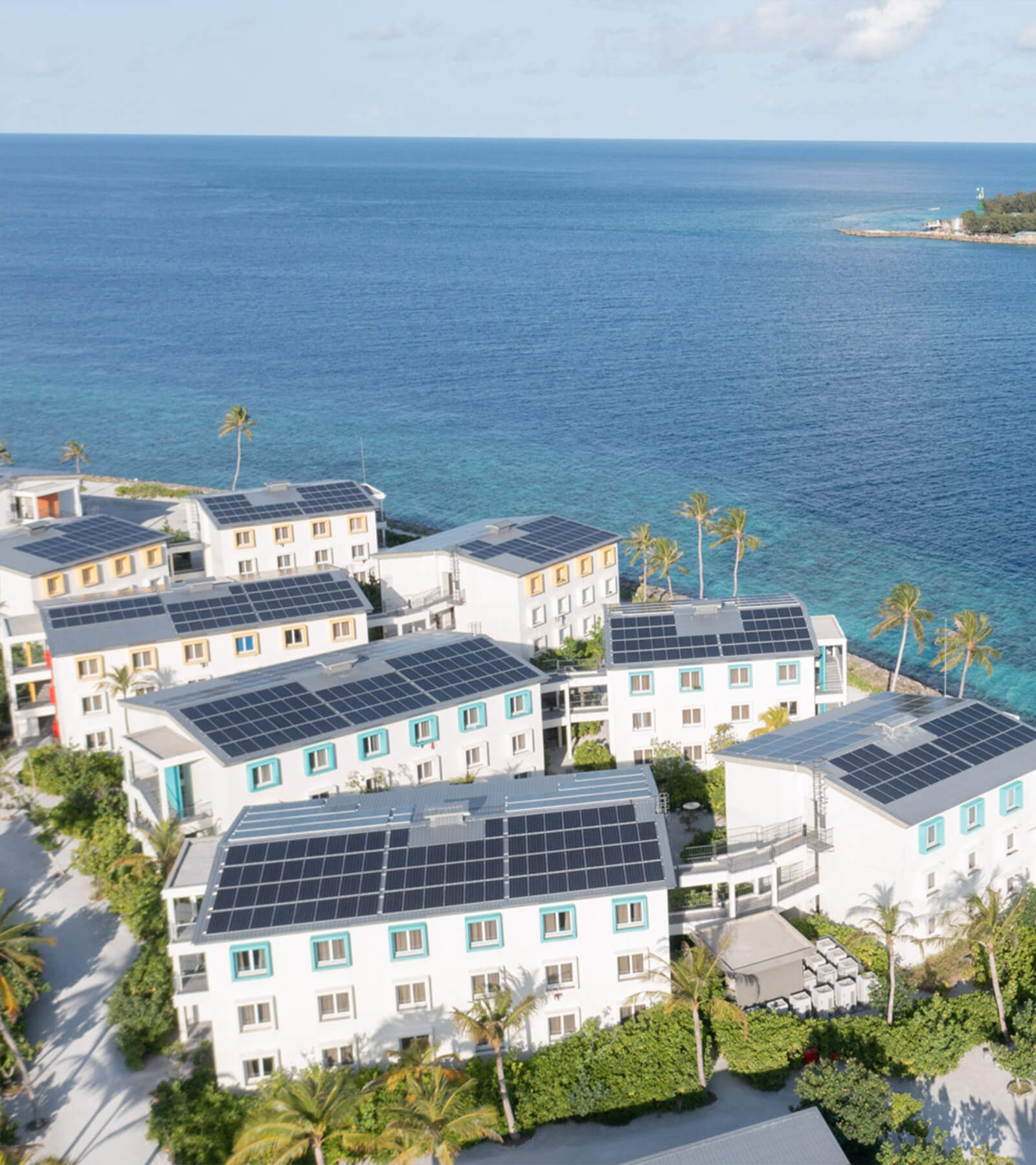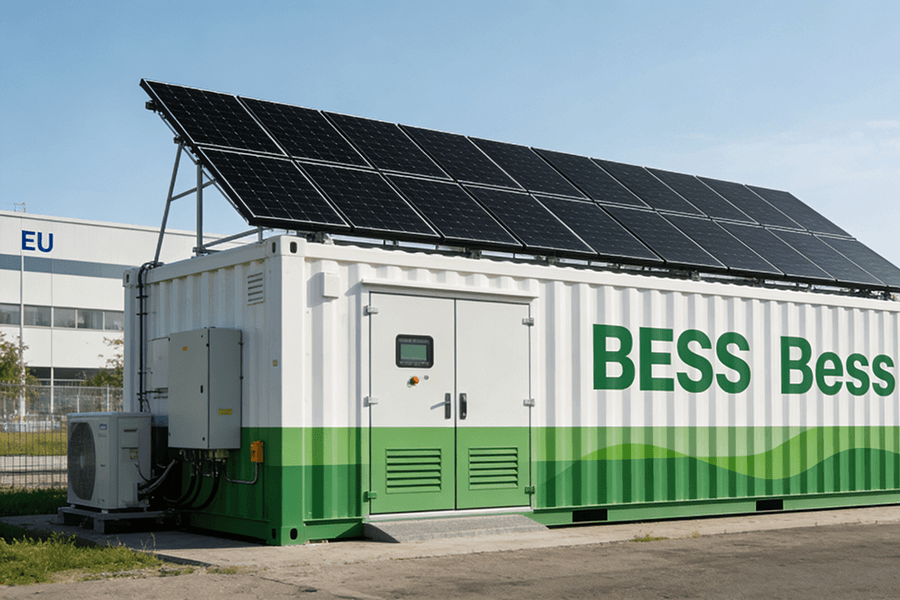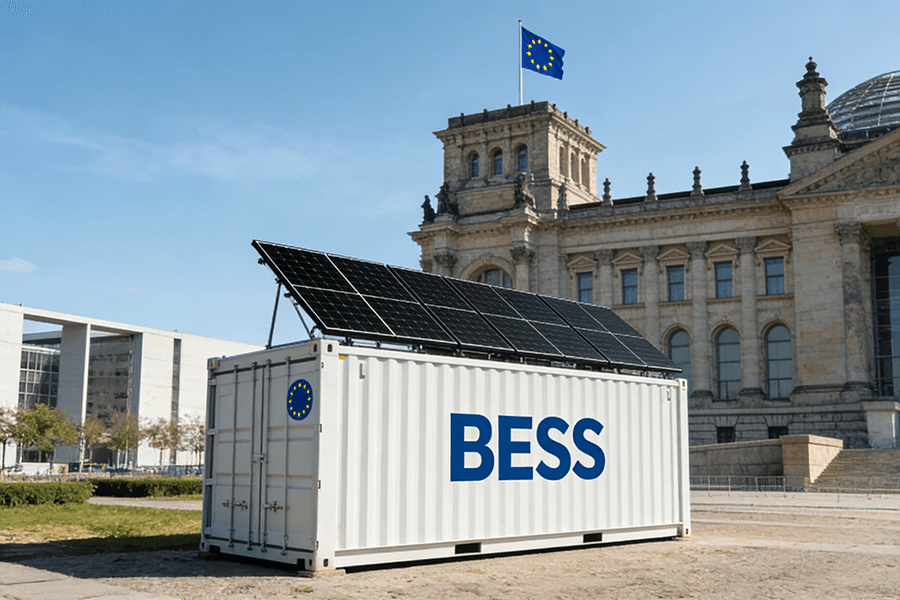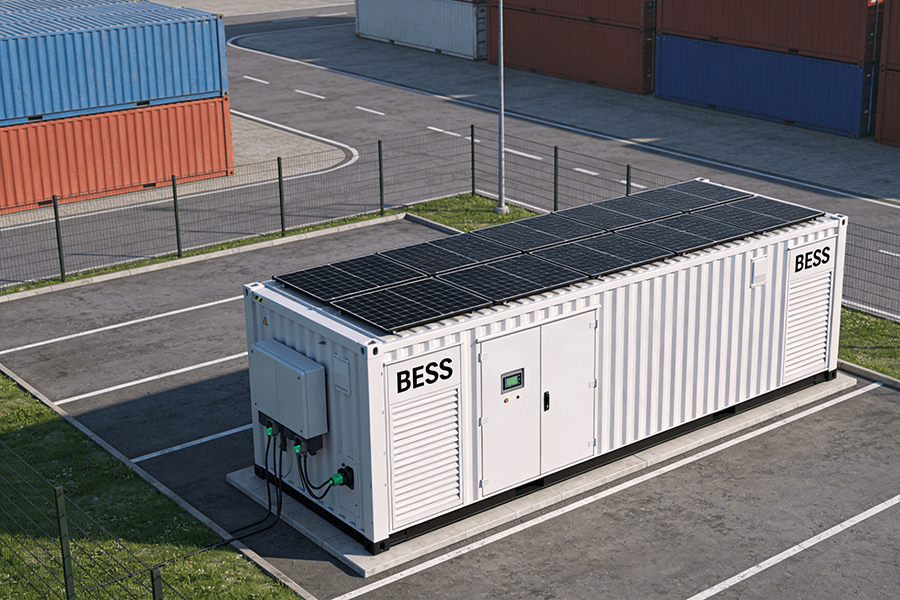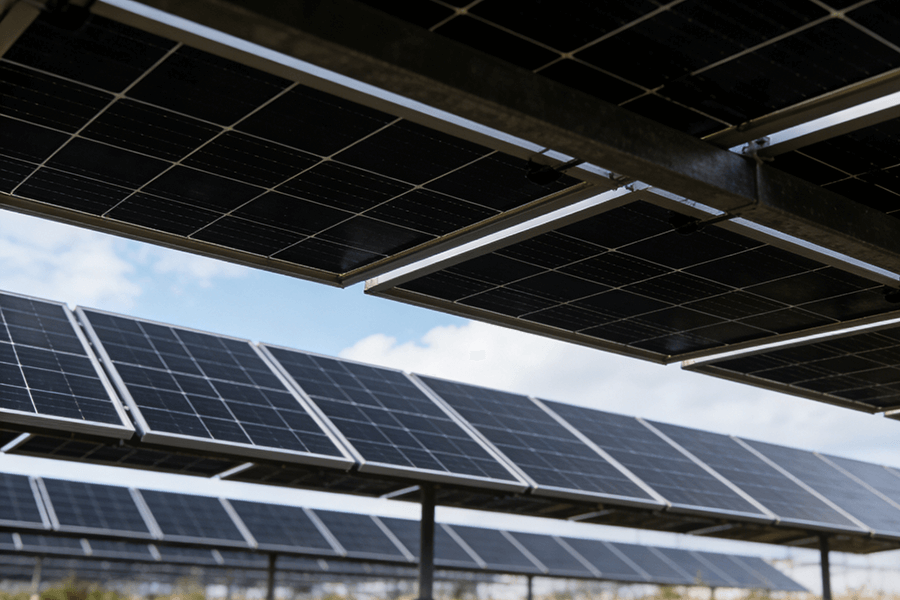As Maxbo, a one-stop solar solutions provider, we understand the critical role of lithium ion battery for renewable energy storage in Europe’s transition to clean energy. Operational efficiency is the cornerstone of these systems, ensuring they maximize energy output while minimizing waste. Let us take you through the practical experiences and insights that highlight the power of these innovations.
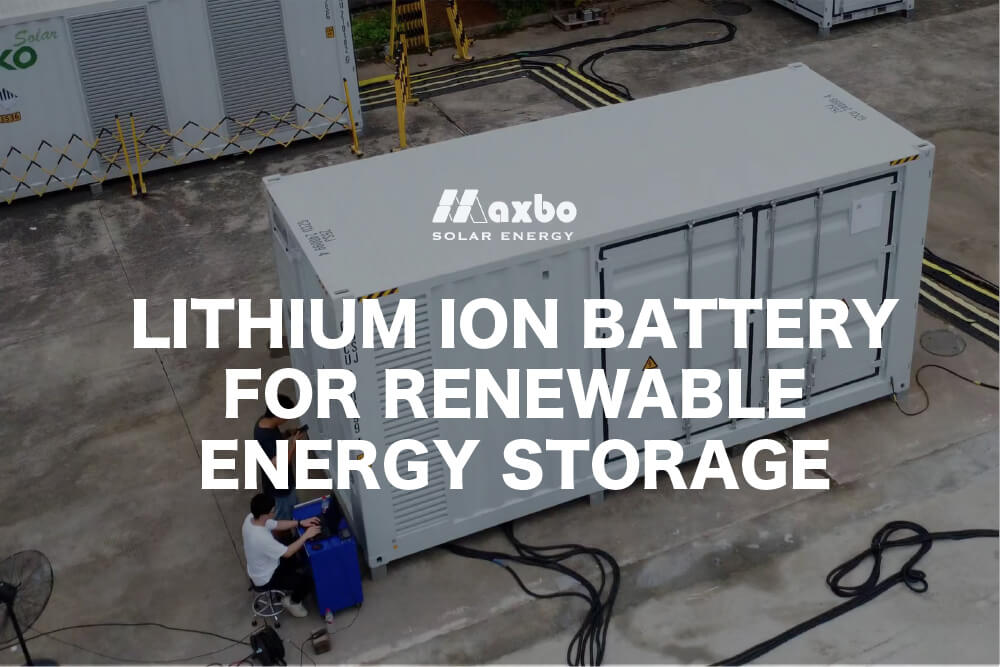
Operational Efficiency: A Core Strength
High Round-Trip Efficiency
Imagine a sunny afternoon in southern Spain. Solar panels are working at their peak, feeding energy into a 95% efficient lithium-ion storage system. Unlike older lead-acid batteries that lose a significant chunk of this energy, lithium-ion systems retain almost all of it. This means that when evening comes, the stored energy powers homes and factories with minimal loss.
Real-World Applications
- Germany’s Wind Power Projects: Picture a wind farm during a calm night when turbines slow down. A 50 MWh lithium-ion battery system kicks in, maintaining grid stability with 90% efficiency, ensuring seamless power for businesses and homes.
- Spain’s Solar Farms: Advanced lithium-ion batteries deliver unmatched stability. Farmers here enjoy uninterrupted power for irrigation and cooling systems, thanks to a grid reliability rate of 95%.
Data Insights
Did you know? Lithium-ion batteries outperform older technologies like lead-acid, which only achieve 60–70% efficiency. This makes them a game-changer for renewable energy (iea.org).
Factors Affecting Efficiency
Temperature: Battling the Extremes
On a scorching day in Greece, a solar farm without a cooling system suffered a 15% efficiency drop. High temperatures caused batteries to degrade faster, reducing their ability to store energy. Conversely, in the frigid winters of Scandinavia, the absence of thermal management led to slower charge rates.
Charge/Discharge Rates: Balance is Key
In a bustling EV charging station in the Netherlands, operators noticed reduced efficiency when batteries were overworked at high discharge rates. Studies show that pushing beyond 1C charge rates can lower efficiency to 75–80%.
State of Charge (SOC): Staying in the Sweet Spot
Think of SOC as your phone’s battery level. Operating within the 20–80% range keeps lithium-ion systems healthy. A French wind farm implementing this approach saw prolonged battery life and consistent 85% efficiency.
Aging: Time’s Toll
Batteries, like people, age. After 2,000 cycles, a solar farm in Spain reported their lithium-ion batteries retained 80% efficiency, thanks to careful maintenance and optimized cycling.
Strategies to Improve Efficiency
Advanced Battery Management Systems (BMS): Your Battery’s Brain
Imagine a smart system constantly monitoring your battery’s health, like a personal trainer for energy storage. A UK wind farm with AI-assisted BMS saw efficiency improve by 25%, preventing overcharging and underutilization.
Thermal Management: Beating the Heat
At a solar storage site in Portugal, a liquid cooling system ensured batteries operated within the ideal 25–35°C range. This reduced efficiency losses by 20%, even during summer heatwaves.
Material Innovations: Building Better Batteries
In laboratories across Europe, scientists are developing solid-state batteries with nearly 98% efficiency. These next-generation batteries promise fewer losses and greater reliability for projects like Scotland’s offshore wind farms.
Predictive Maintenance: Preventing Problems Before They Happen
Imagine a hospital in France where energy outages are unacceptable. Predictive maintenance tools flagged potential battery issues early, reducing downtime by 40% and ensuring consistent power for critical care units.
Historical Advancements of Lithium Ion Battery for Renewable Energy Storage
Energy Density: Packing More Power
In the early 2000s, lithium-ion batteries offered 150 Wh/kg. Today, thanks to breakthroughs in materials, they deliver 250–300 Wh/kg, nearly doubling capacity without increasing size.
Cost Reductions: Affordable Sustainability
Back in 2010, a kWh of lithium-ion storage cost $1,200. Today, that number has plummeted to $130, making renewable storage more accessible than ever (iea.org).
Extended Cycle Life: Built to Last
Earlier systems lasted around 1,000 cycles. Modern lithium-ion batteries now exceed 5,000 cycles, proving their durability in long-term projects like Germany’s green industrial hubs.
Maxbo’s Commitment to Efficiency
At Maxbo, we integrate advanced lithium-ion battery technologies into our renewable energy solutions. Whether it’s a wind farm in northern Europe or a solar site in sunny Spain, our systems are designed to:
- Maximize Efficiency: Using cutting-edge BMS and thermal management.
- Adapt to European Needs: Meeting the unique challenges of diverse climates.
- Support Sustainability Goals: Providing reliable, eco-friendly solutions for a greener future.
Conclusion: Driving Europe’s Renewable Future
The operational efficiency of lithium ion batteries for renewable energy storage is transforming Europe’s energy landscape. By addressing key factors and leveraging innovative strategies, these systems set new standards in performance and reliability.
At Maxbo, we’re committed to empowering businesses and communities with sustainable, efficient energy solutions tailored to Europe’s ambitious goals. Let’s build a brighter, cleaner future together.
Email: [email protected]

